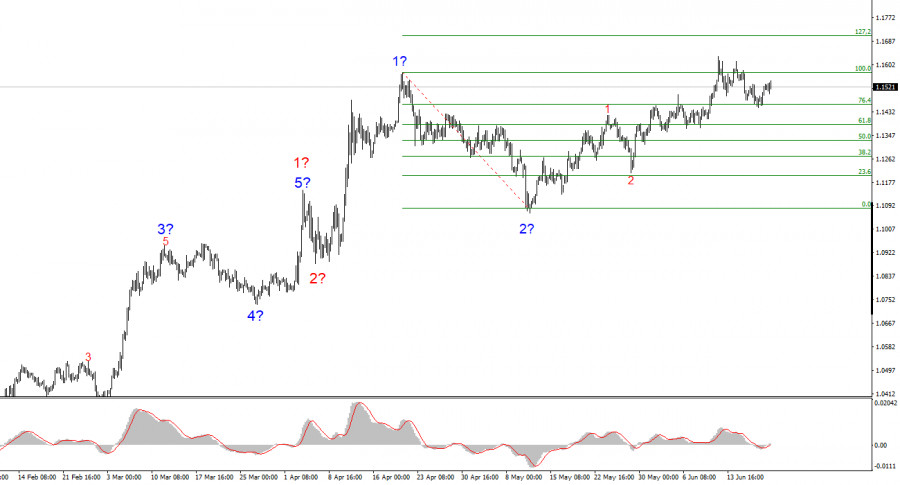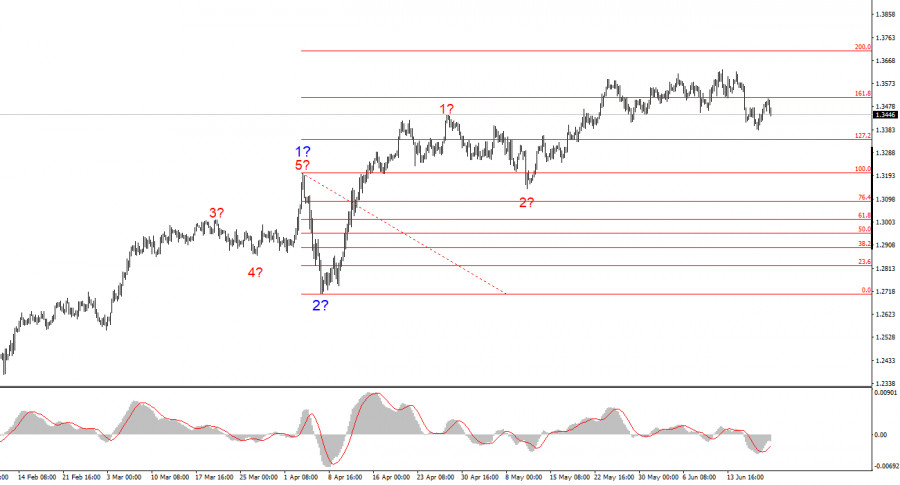US-EU Negotiations on the Verge of Collapse

As anticipated, this phrase can describe nearly every action taken by Donald Trump. I have consistently argued that the core of any negotiations involving Trump comes down to this: the American president proposes conditions that solely benefit him. He is unwilling to make any concessions during negotiations. The entire negotiation process essentially amounts to either the other party accepting Trump's terms or the talks failing altogether. In such negotiations, there is no dialogue, no mutual compromise, no respect for the other side—only an ultimatum that can be met or rejected.
After several months of what was called the "negotiation process," the European Union appears to have realized what dialogue with Trump involves. On Sunday, EU representatives stated that Washington is simply trying to force Brussels into making unilateral concessions. Many of Trump's demands are contradictory, unbalanced, and inconsistent with the principles of the European Union. Even if Brussels wanted to accept them, it simply could not.
Among Trump's demands are non-reciprocal concessions on import tariffs, changes to fish export quotas that violate WTO rules, and economic security requirements that are unrealistic. In other words, Trump has drawn up a wish list, and the EU can either fulfill it or face a 50% import tariff. Yet such high tariffs are not even beneficial for the U.S. itself, as proven by the case with China, where duties rose to 145% from 125% but were later reduced to 115% to preserve trade between the two countries. A 50% tariff would not go unanswered by Brussels and would be equally destructive for trade between the two sides.

EU officials also stated that Trump wants to keep the majority of tariffs on European goods in place even if a trade deal is reached. Therefore, many politicians believe that the best course of action is to extend negotiations beyond July 9. I have made this point before: it makes no sense to expect such a comprehensive and complex deal to be finalized within a couple of months—especially when one of the parties is unwilling to compromise.
Wave Structure for EUR/USD:
Based on the analysis of EUR/USD, I conclude that the instrument continues forming an upward trend segment. The wave pattern still completely depends on the news backdrop related to Trump's decisions and U.S. foreign policy. The targets of wave 3 could extend up to the 1.25 area. Therefore, I consider buying positions with initial targets around 1.1708, corresponding to the 127.2% Fibonacci level. A de-escalation of the trade war could reverse the upward trend, but currently, there are no signs of either a reversal or de-escalation.

Wave Structure for GBP/USD:
The wave pattern for GBP/USD remains unchanged. We are dealing with an upward, impulsive trend segment. With Trump, markets may still face many shocks and reversals that could seriously impact wave structures, but at the moment, the working scenario remains intact, and Trump continues to do everything possible to reduce demand for the dollar. The targets of the upward wave 3 are near 1.3708, corresponding to the 200.0% Fibonacci level from the presumed global wave 2. Therefore, I continue to consider buying positions, as the market shows no intention of reversing the trend.
My Core Analytical Principles:
- Wave structures should be simple and clear. Complex structures are hard to trade and often change.
- If you're uncertain about what's happening in the market, it's better to stay out.
- Absolute certainty in price direction never exists. Don't forget to use protective Stop Loss orders.
- Wave analysis can be combined with other types of analysis and trading strategies.



No comments:
Post a Comment